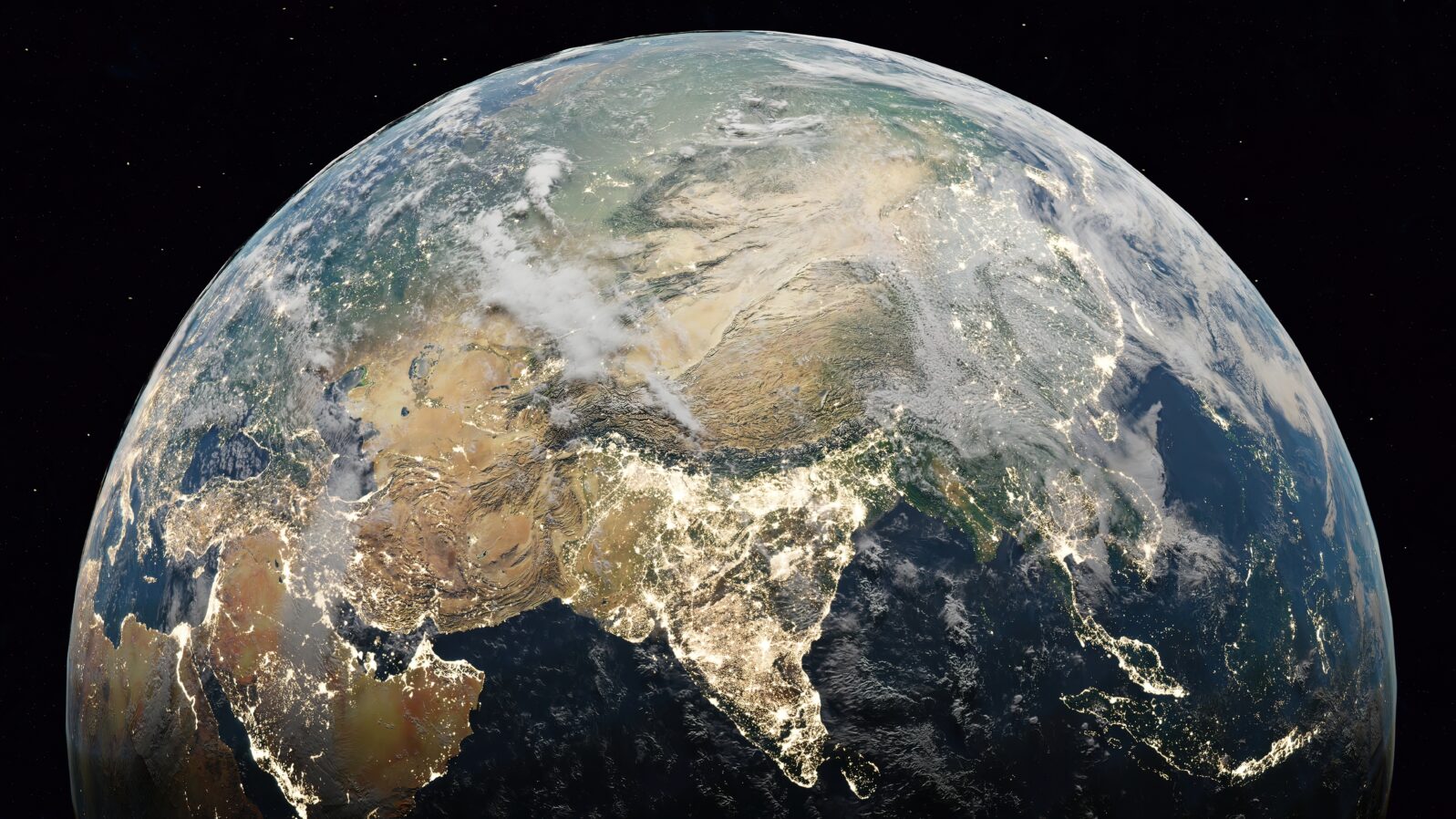You Can’t Have Infinite Growth on a Finite Planet…or Can You?
Busting the myths of population growth and economic scarcityWired recently came out with an interview with economics data analyst Gaya Herrington proclaiming the doom of humanity if we don’t “shift the paradigm” NOW. Herrington said,
Very succinctly, we are at a now-or-never moment. What we do in the next five to 10 years will determine the welfare levels of humanity for the rest of the century. There are so many tipping points approaching, in terms of climate, in terms of biodiversity. So—change our current paradigm, or our welfare must decline.
The Planet Can’t Sustain Rapid Growth Much Longer | WIRED
Population alarmism is not a new chipmunk at the park. It’s been burrowing its nose into the popular imagination for decades now. But is the hype merited? Are we really on the brink of global extinction and starvation? With eight billion people now teeming the planet, you might think that sure, this town isn’t big enough for the billions of us; however, not every expert is on board with the narrative.
Take, for instance, the intensive work of Gale Pooley and Marian L. Tupy. Pooley is a Fellow at Discovery Institute and Tupy a Fellow at Cato Institute. Together they wrote an actual paradigm-shifting book called Superabundance: The Story of Population Growth, Innovation, and Human Flourishing on an Infinitely Bountiful Planet. The book takes a different perspective:
Contrary to the anti-human theory of overpopulation, Pooley and his coauthor Marian Tupy found that resources actually became more abundant as the population grew. This is because every new person represents something more than just another mouth to feed. They are also another mind that can spur innovation and economic growth.
Superabundance: Combatting the Ideology of Scarcity | Discovery Institute
The ideas of this book rocked my own assumptions about population growth, and when you think about it, these two competing visions depend on varying grips of human nature. One sees population growth as an issue (obviously), but more than that, it’s a view that doesn’t see humans as the ultimate driver of economic flourishing and creativity. Humans are problems to be nurtured by a centralized power rather than creative (albeit flawed) individuals who can invent new ways of producing goods in the world. With declining birth rates in the United States, we should probably be telling Americans to have more children, both because human existence is an intrinsic good and also because the more people raised in healthy families and communities, the more interesting and exciting this world will be.
Pooley and Tupy think it’s a myth that more people equal more problems. Actually, more people, when placed in free societies that allow for the opportunity, can be major parts of the solution. This isn’t to say that climate change isn’t a problem, or overcrowding in certain cities might need some creative urban planning to mitigate, but looking at the trends over time, we don’t live in an age of increasing scarcity. To the contrary – it’s an age of superabundance.
